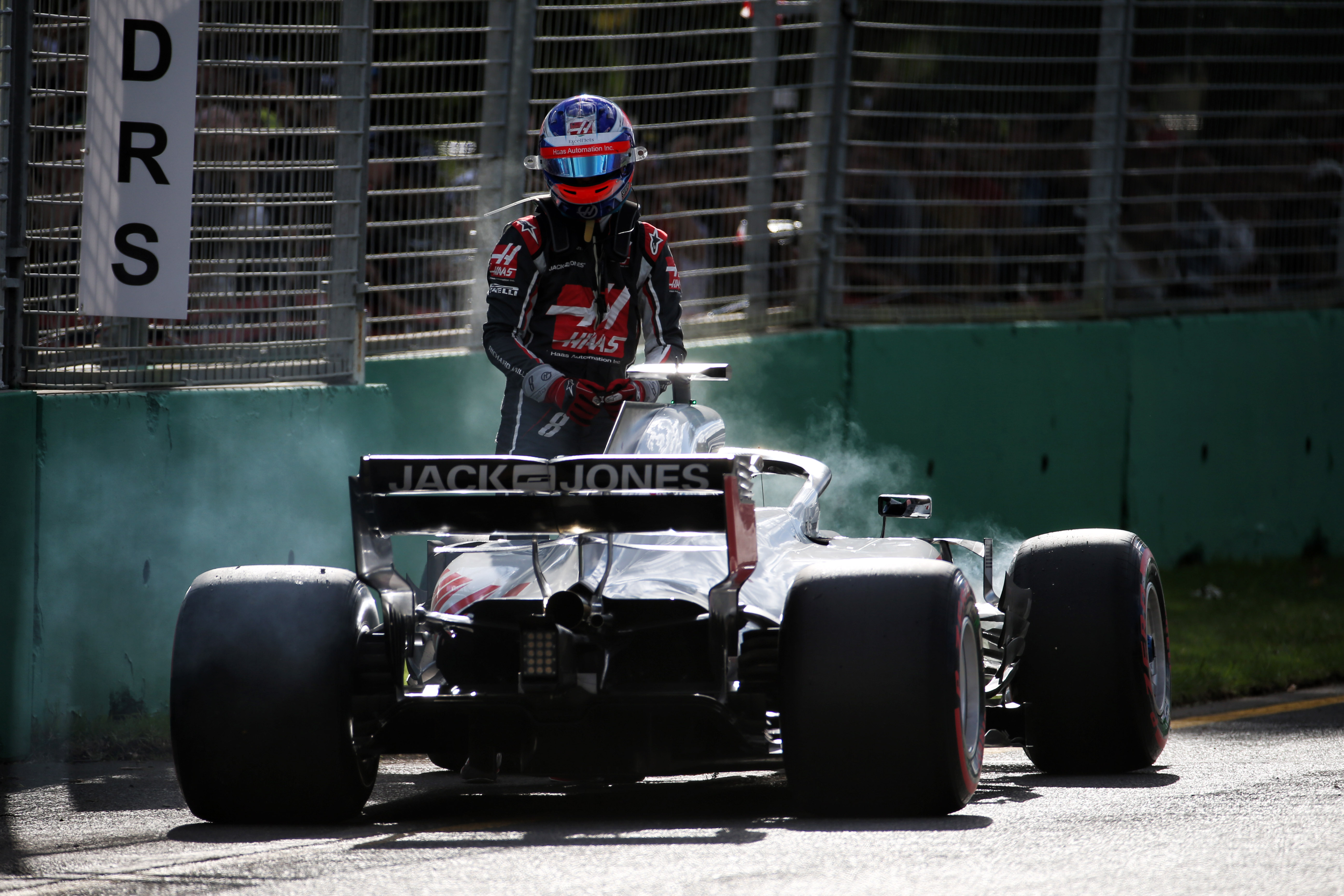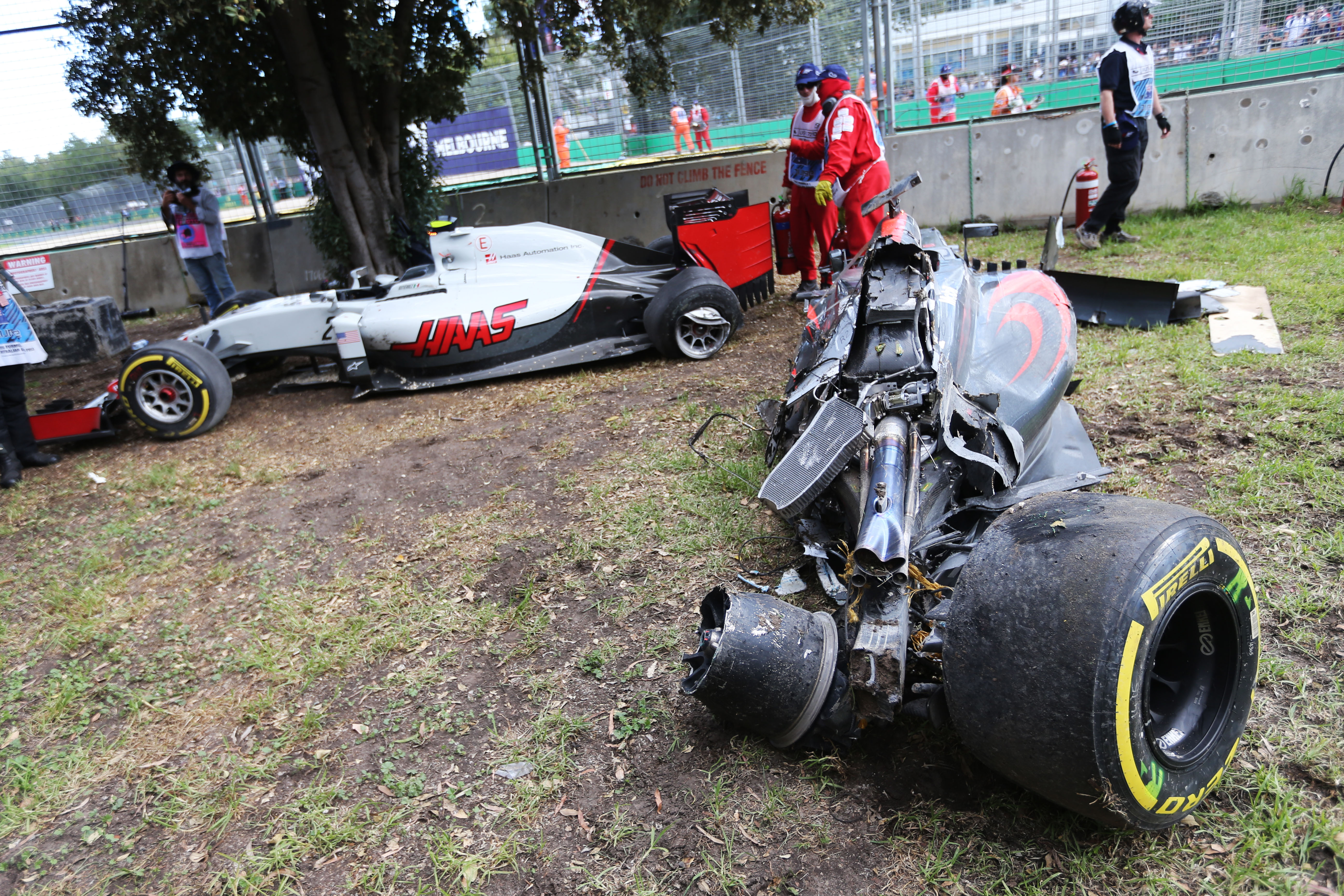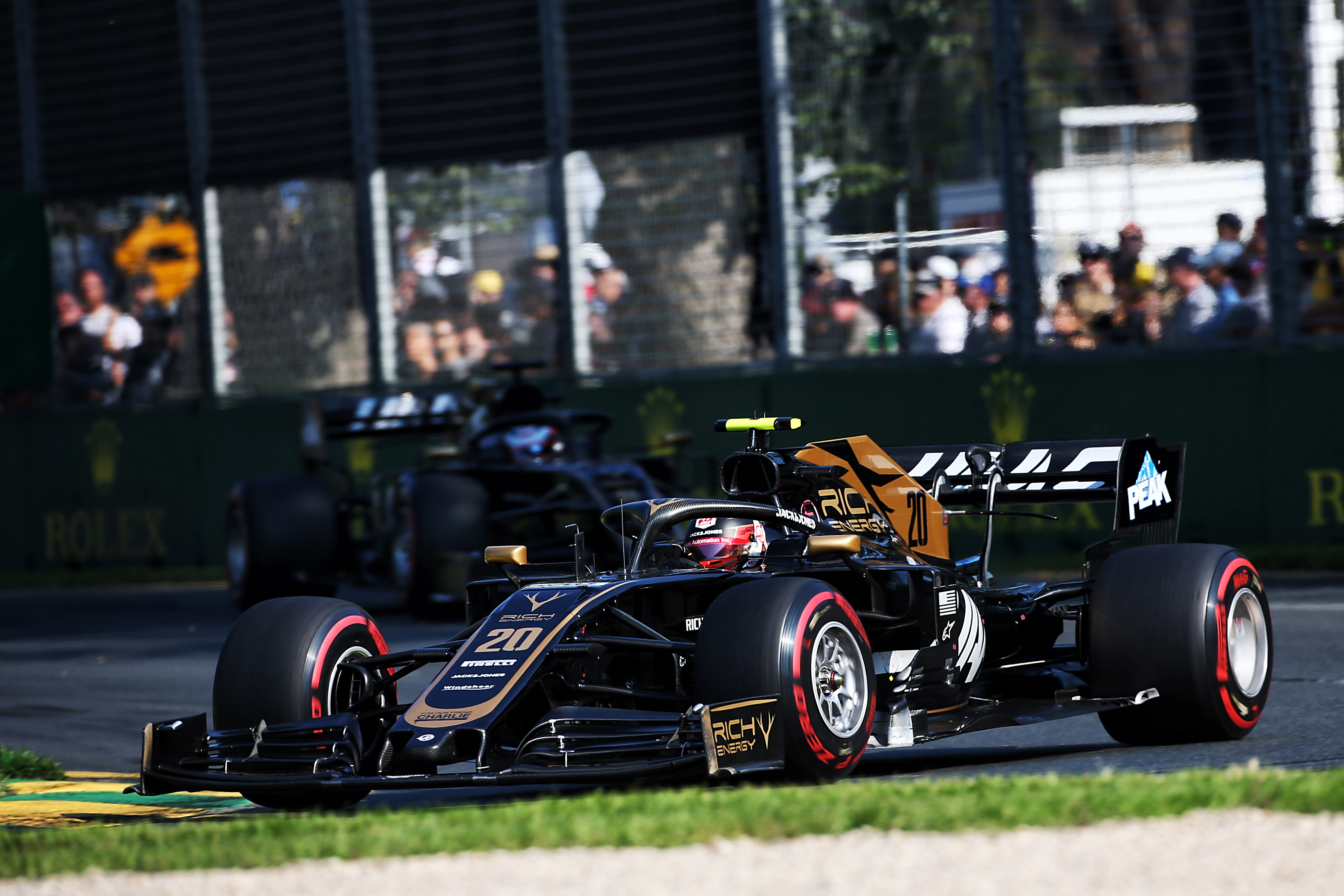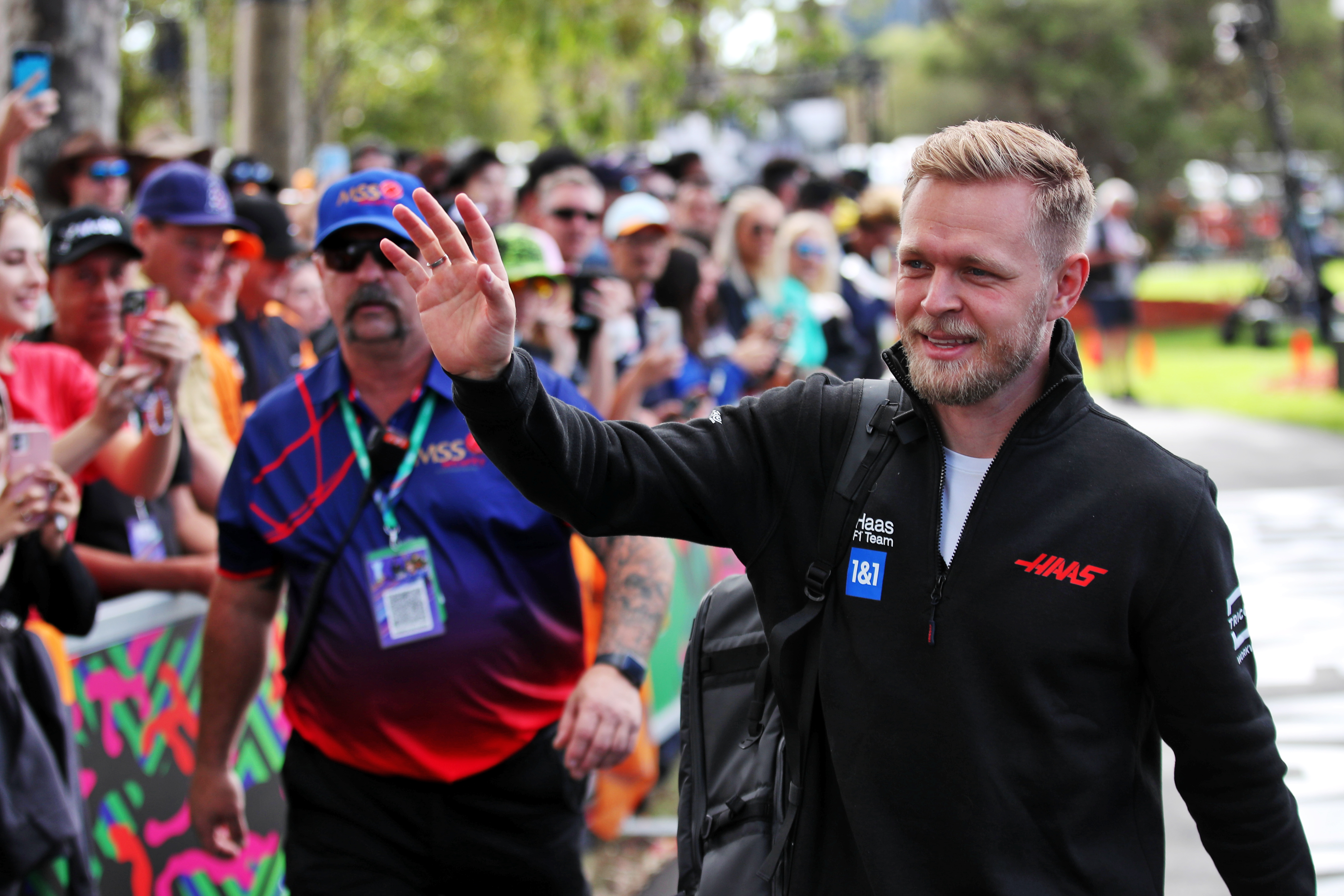Up Next

“Did we ever have problems with the pitstops here, I don’t remember anything?” jokes Guenther Steiner when asked by The Race about his team’s history of blending impressive pace with disaster in the Australian Grand Prix.
The 2018 race, when Kevin Magnussen and Romain Grosjean were denied top-six finishes by pitstop blunders that occurred within minutes of each other, was famously documented in the first episode of the opening series of the Netflix Drive to Survive series.
It’s probably the most memorable moment for Haas, albeit for painful reasons, at a circuit where it has very often been seriously fast. and there has always been a story to tell.
Given the team’s revival has been one of the big stories of the 2022 Formula 1 season so far, and it seems unlikely to be far from the headlines this weekend at a circuit where team principal Guenther Steiner admits it has felt “jinxed’ in the past.
“It brings back these memories,” said Steiner when asked by The Race about Haas’s record in Australia.
“It’s quite strange, in no other race do I think about it. But obviously, before coming here I was thinking hopefully [it will go well], because it seems to be jinxed here for us with wheel changes.

“Without any problems, we would have had most of the time very good results here. So I think we just need not to be getting scared of maybe having an issue on the pitstop and just focus on going racing and doing a normal job.
“Then, with the car we have got right now we can have a good result. And normally our cars and our drivers were strong in this race all the time.”
It’s a sensible approach, and when things have run smoothly in Australia, Haas has picked up a couple of outstanding results.
Haas marked its F1 debut in Australia in 2016 with Romain Grosjean’s remarkable sixth-place finish, which he described as “like a win”.
It was the best result for a start-up team since Mika Salo finished in the same position in 2002 on Toyota’s debut.
Considering the fates of F1’s start-up teams in the 21st century, Haas’s debut was a genuinely astonishing result, made all the better by following it up with fifth in Bahrain next time out.
But even that debut had set the trend for Australia being a mixed bag for Haas. Esteban Gutierrez’s race came to an early end when Fernando Alonso’s McLaren-Honda clipped the Haas’s left-rear wheel and was launched into an airborne crash.

That eliminated Gutierrez from the race but created the red flag that allowed Grosjean, who had yet to stop, to change to a set of mediums having started on softs and run to the end without a pitstop.
That transformed his race given Haas, despite having a brisk car, had underachieved in qualifying with Grosjean and Gutierrez starting on the back row.
The following year, Haas led the midfield in qualifying with Grosjean sixth-fastest. He ran seventh until a water leak eliminated him after 13 laps, with team-mate Kevin Magnussen retiring from 15th place with 11 laps remaining with suspected suspension damage reckoned to be a legacy of a first-lap clash with Marcus Ericsson’s Sauber.
Steiner declared himself “annoyed with the missed opportunity” after that race, but following the next Australian GP in 2018 he said he was “heartbroken”.
Magnussen and Grosjean locked out the third row and were on target for what would have been fourth and fifth places respectively when the double pitstop disaster put both out of the race.
Magnussen stopped first before parking up at Turn 4 with a loose rear-left wheel. Grosjean pitted two laps later then pulled over on the run out of Turn 2 after the front-left was not properly attached.
A likely 22-point return became zero, with Grosjean’s stoppage causing the virtual safety car that allowed Ferrari driver Sebastian Vettel to pit and re-emerge ahead of Mercedes driver Lewis Hamilton, who had made a green-flag stop.

In 2019, Haas partly atoned for that. Again, Magnussen and Grosjean started fifth and sixth, with Magnussen winning the midfield race in sixth place. However, Grosjean ran seventh in the first stint, only to drop back after a slow front-left wheel change in the pitstop. He subsequently retired when it came loose. That was Haas’s last top-six finish prior to the 2022 season-opening Bahrain Grand Prix.
Haas has a remarkable record of two sixth places and six retirements in its eight starts across four Australian GPs – with half of those retirements the direct consequence of pitstop blunders.
Magnussen, who finished second on his Formula 1 debut for McLaren in 2014 and took one of those sixth places, doesn’t believe Albert Park is inherently a circuit where either he or the team are strong.
But given the Haas has been a consistent top-10 runner in his hands this year, he is confident it will continue to be competitive this weekend.
“It’s more like a coincidence that I’ve had good weekends here,” said Magnussen when asked about his and the Haas team’s historic pace in Australia.
“In ’19, we were strong in qualifying all season long. And then in the race in 19 we got P6.

“Overtaking was very difficult back then. So some of the reasons why we were able to hold on to P6 is because nobody could overtake us.
“And then in ‘18, who knows what would have happened if we would finish the race but certainly we were strong.
“I hope there’s some sort of trend that I haven’t seen that means we’ll always be good here! I think this car this year seems like it’s a pretty good all round car so hopefully we can also be good here.”







